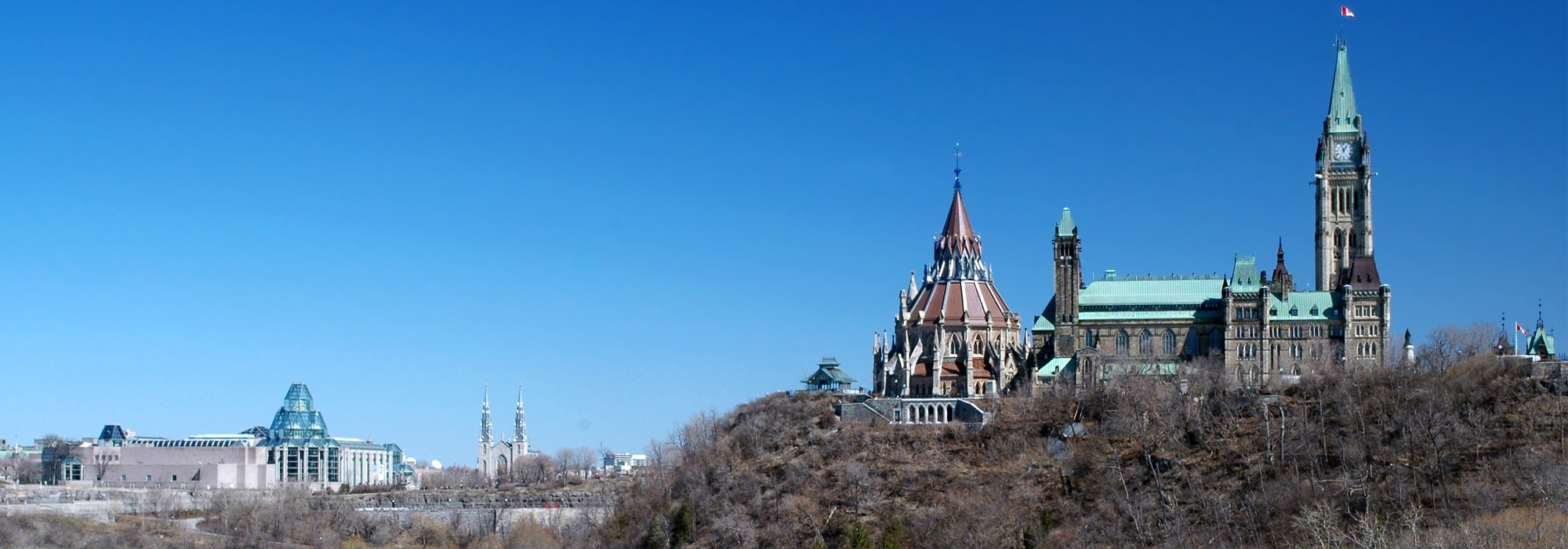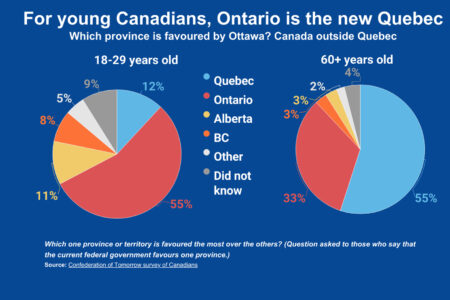
Some academics and others have questioned the constitutionality of the federal government’s drive for electoral reform. Benjamin Perrin, who was the lawyer for former prime minister Stephen Harper, has cited the Supreme Court’s 2014 Senate reference case to raise uncertainty that electoral reform is within Parliament’s exclusive jurisdiction. He and others have said that a reference case to the Supreme Court is essential to settle the question.
Many, like Perrin, also contend that even if Parliament’s power to unilaterally bring about electoral reform passes constitutional muster, changing the method of selecting members of Parliament represents a major constitutional change, akin to the Charlottetown Accord, and requires a referendum. They want a referendum to confer democratic legitimacy on whatever electoral reform proposal emerges. But equating the Charlottetown Accord — a dog’s breakfast of contradictions that would have added dozens of single-spaced pages to the Constitution and would have affected nearly every other part of it — with a change in the method of electing MPs is poor reasoning.
It is not surprising that lawyers would like other lawyers — i.e., judges — to determine political issues in the name of democracy. They would turn judges into politicians with robes. Democracy is not, however, primarily about unelected and unaccountable judges; it is about government by the people, and in Canada the people exercise their power through their elected representatives and not through referendums. The courts settled that issue in 1919.
In Canada the people exercise their power through their elected representatives and not through referendums. The courts settled that issue in 1919.
In the Patriation reference case of 1981, the Supreme Court offered provincial electoral acts as an example of the written parts of the Constitution. Similarly, the federal Elections Act is part of the written Constitution. According to section 51 of the Constitution Act 1867 and section 44 of the Constitution Act 1982, changing the way MPs are elected is no one’s business but Parliament’s. Provinces have often changed how their MLAs are elected without referendums or references to the courts. Changes to provincial electoral acts did not infringe on Parliament’s power, and whatever Parliament decides with respect to federal electoral reform will not infringe on provincial powers or representation, so long as the reform does not affect the proportionate representation of the provinces in Parliament. Federal and provincial powers operate in “watertight compartments,” to quote the judgment in the landmark Labour Conventions case of 1937.
The argument that a reference case to the courts is essential is bogus. Similarly, any comparison of the electoral reform question with either the Charlottetown Accord or the Senate reform case is false, because provincial powers or representation are not at stake, as they were in those cases. No province has even hinted its interests or its powers are at risk in the event of electoral reform at the federal level.
There are many examples of provinces changing their electoral systems without the courts asking to weigh in, and without referendums. Half of the provinces have had multimember constituencies at one time. Newfoundland before the 1960s had a denominational basis of representation. In British Columbia in the 1950s a Liberal-Conservative coalition government instituted a ranked or preferential ballot system. Manitoba and Alberta between the 1920s and 1950s used a preferential ballot in their rural and small-town constituencies, and a single transferrable ballot in multimember constituencies in their largest cities. These diverse methods of electing MLAs were adopted and discarded with no constitutional outcry, confirming that the first-past-the-post system and single-member constituencies are not constitutional conventions. No part of the written Constitution presumes that either a first-past-the-post system or single-member constituencies is required.
The Supreme Court has noted that the Constitution is more than what is written; it also includes unwritten conventions. Conservative MPs on the Special Committee on Electoral Reform have suggested that a constitutional convention has emerged that requires a referendum if Parliament wishes to tamper with the method of electing MPs, because some provinces have held referendums on this question.
Is there such a convention? Ivor Jennings, an authority on the Westminster system and its conventions, noted that precedent is an insufficient condition for recognition of constitutional conventions; the political actors also have to believe that they are bound by them. The four provincial referendums that have been held on electoral reform were projects solely of the governing parties, who asserted they would be bound by the results. Not all the other political parties did the same. In Ontario, the Conservatives came out against reforming the system, and their leader, John Tory, noted that only three voters had mentioned the issue of electoral reform to him during the referendum campaign, which was held in conjunction with a general election. In the provinces that have held referendums, the governing parties arbitrarily set a requirement that 60 percent of voters and 60 percent of constituencies approve any change, but they did this over the objections of some of the other political parties.
The Charter of Rights and Freedoms guarantees the right to vote, but it has nothing to say about the voting system used. Nor does any other part of the Constitution weigh in on it. Before the Charter, the right to vote was not entrenched in the Constitution. The Constitution provided then, as it does now, for Parliament and the provinces to enact their own laws in all aspects of elections. Ottawa, for example, went without an election between 1911 and 1917, and Queen’s Park went without one between 1937 and 1943. When the extension of the life of Ontario’s legislature was challenged in Rex v. Tolfree (1943), the Supreme Court accepted a lower court decision that “matters relating to elections of members of the Legislative Assembly are within the exclusive jurisdiction of [the provincial] Parliament and are a privilege of Parliament.” Just as legislatures are free to enact regulations that deal with election advertising, voter identification, financial ceilings on party expenditures and contributions, as well as the publication of opinion polls during campaigns, they are also free to decide how their members are to be elected.
The Supreme Court has used terms such as “internal architecture” in referring to the Constitution’s central institutions. It is a good-sounding phrase that signifies nothing and potentially everything: “internal architecture” is an empty vessel into which much or little can be loaded. Provincial precedents with respect to the changes they have made to their electoral systems confirm that such changes are consistent with the Constitution’s “internal architecture.”
What might be referred to the Supreme Court for an opinion is whether the current first-past-the-post system is itself constitutional. The majority opinion written by the Court in the 2003 Figueroa case hinted that such a constitutional challenge would be entertained. That would properly put the horse, the current method of electing MPs, before the cart of an alternative system, where it belongs.
Photo: Howard Sandler / Shutterstock.com
This article is part of the Electoral Reform special feature.
Do you have something to say about the article you just read? Be part of the Policy Options discussion, and send in your own submission. Here is a link on how to do it. | Souhaitez-vous réagir à cet article ? Joignez-vous aux débats d’Options politiques et soumettez-nous votre texte en suivant ces directives.







